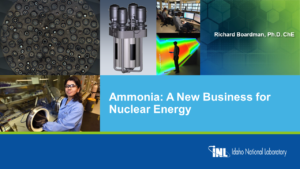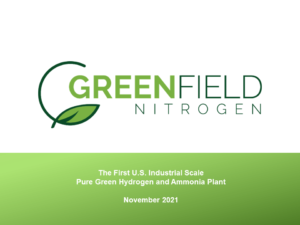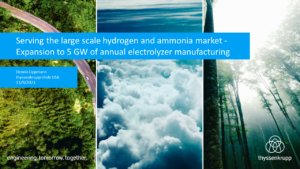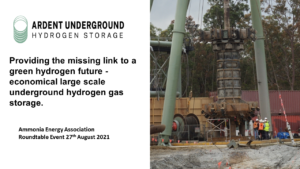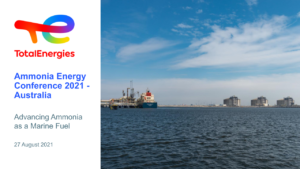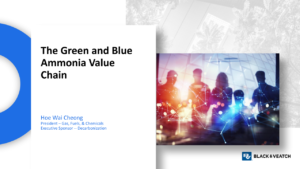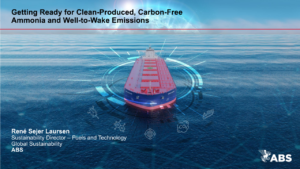Presentation
Ammonia: A New Business for Nuclear Energy
Nuclear Energy can be used to support and help decarbonize traditional steam methane reforming and electrolysis to produce hydrogen. Options for integrating nuclear with ammonia, and ammonia derivatives include providing power to an air separation unit to produce nitrogen, and hydrogen combustion to deplete oxygen while providing heat for high temperature steam electrolysis. A comparison of CO2 emissions reduction and costs of urea synthesis indicate there is a strong business case for using nuclear reactors at large and small-distributed ammonia plants. A case for producing 3 tons of ammonia from a 1-MWe power supply will be given.
